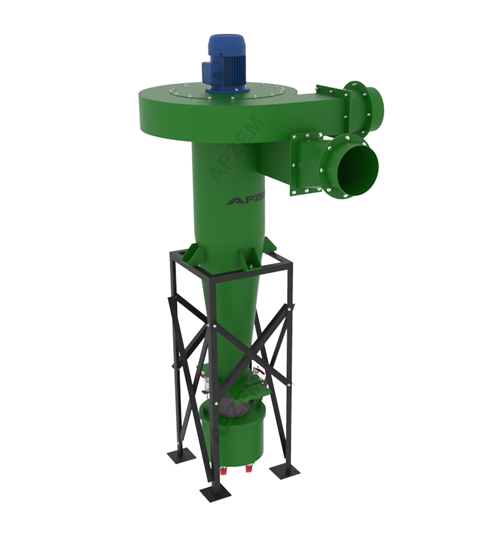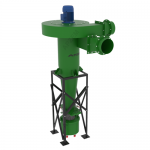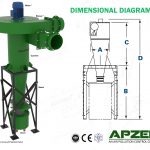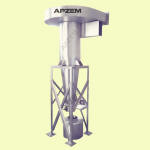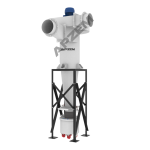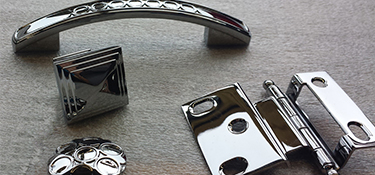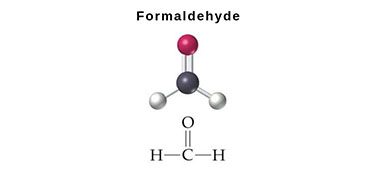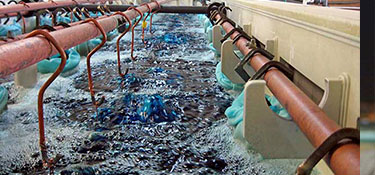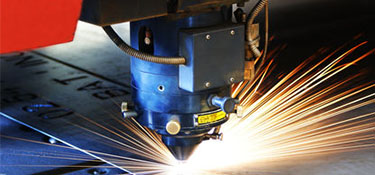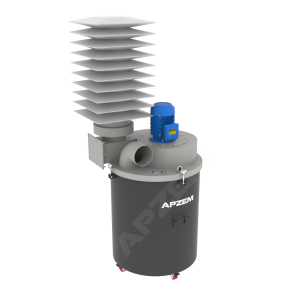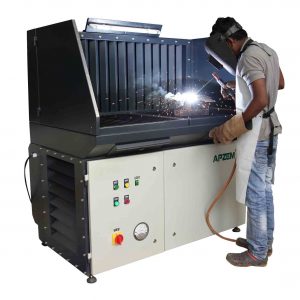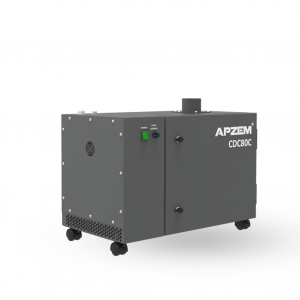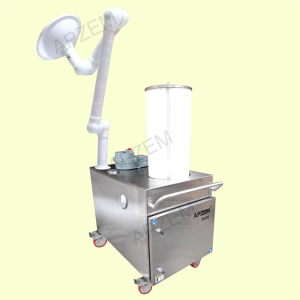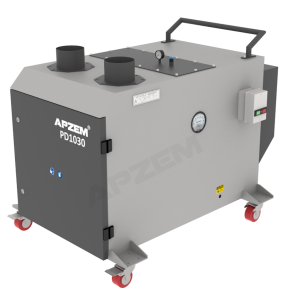Product Details
Cyclone dust collector
Cyclone dust collector is the most widely used dust collection equipment in various types of industries and it is the best choice for industrial dust control. Apzem’s Cyclone Dust Collector is widely used because it is the most inexpensive industrial dust collection system.Apzem puts of industry experience to work to produce a new, best-in-class dust collector capable of reducing equipment size and number of required filters by up to 40% compared to a typical cartridge collector. A smaller collector helps lower the initial purchase price, reduces filter replacement costs, and opens up valuable manufacturing floor space.
Product Catalogue Send EnquiryDescription
Cyclone dust collector
Product Description
Cyclone dust collector is the most widely used dust collection equipment in various types of industries and it is the best choice for industrial dust control. Apzem’s Cyclone Dust Collector is widely used because it is the most inexpensive industrial dust collection system.Apzem puts of industry experience to work to produce a new, best-in-class dust collector capable of reducing equipment size and number of required filters by up to 40% compared to a typical cartridge collector. A smaller collector helps lower the initial purchase price, reduces filter replacement costs, and opens up valuable manufacturing floor space.
Apzem cyclone dust collector put wide industry experience to work to produce a new, best in standard dust collector capable of reducing equipment size and number of required filter bags by up to 80% compared to a cartridge collector which captures 99.98% of all wood chips and dust particles that enter the Cyclone Dust Collector. Centrifugal force drops particles of all sizes out of the air stream – everything from chips to microscopic particles. A dust bin positioned underneath the funnel captures the dust and chips in a trash container. Air flows in a helical pattern, beginning at the top (wide end) of the cyclone and ending at the bottom (narrow) end before exiting the cyclone in a straight stream through the centre of the cyclone and out the top. Larger (denser) particles in the rotating stream have too much inertia to follow the tight curve of the stream, and strike the outside wall, then fall to the bottom of the cyclone where they can be removed. In a conical system, as the rotating flow moves towards the narrow end of the cyclone, the rotational radius of the stream is reduced, thus separating smaller and smaller particles.
Working Principle
This cyclone dust collector works in two stages. In the first stage the heavier dust particles are separated by the cyclone and in the second stage the remaining fine dust particles that pass through the cyclone is collected in the filter bag. The airflow with dust is rotating in high speed in the cyclone dust collector, under the function of centrifugal force, the dust is gathered upon the inner wall of the cyclone dust collector, and then upon the function of gravity, the dust finally falls down and comes out through the discharging hole. The water vapor goes out into the atmosphere through the top tube.
Airflow starts at the inlet and follows along a downwards helical path until it reaches the bottom of the conical section. The vertical upwards return flow towards the vacuum outlet starts at the center of the cyclone near the bottom. The heaviest debris – wood chips, wood dusts and other heavy dust particles fall to the bottom of the separator due to centrifugal force. These larger particles collide with the cyclone walls, lose speed, and gravity helps pull them down towards the collection container. Lighter and medium-sized particles continue on the helical airflow path along the walls of the cyclone or separator. At the bottom of the cyclone the conical section helps to further separate medium-sized particles from the airflow. Some lighter particles will remain in the helical airflow, some will be separated with the medium-sized particles. The smaller radius of the taper means a greater wall-hugging force that keeps the smaller particles away from the center. The airflow with dust is rotating in high speed in the cyclone dust collector, under the function of centrifugal force, the dust is gathered upon the inner wall of the cyclone dust collector, and then upon the function of gravity, the dust finally falls down and comes out through the discharging hole. The water vapour goes out into the atmosphere through the top tube. Designing a dust collector involves several input factors like dust loading, particle size distribution, input gas temperature and pressure, corrosive, abrasive, explosive and sticky nature of dusts, plugging and electro static nature of dusts, moisture content etc.
- An economical solution to a wide range of dust collection problems
- Excellent for high dust load, high temperature, and product recovery applications
- Can be used alone, with optional bag filter assembly, or as a pre-cleaner
- Applications from 300 – 13,000 cfm (510 – 22,082 m3/h)
- Heavy-duty construction for long life and low maintenance
- Meets most seismic and 90 mph (145 kmph), Exp C wind load ratings
- Removable cone section for easy replacement
- All welded heavy construction
- Internal helix
- Integral fan and motor assembly
- Rotatable blower housing
- Square to round inlet
- Flanged outlet
- Support stand for drum style
- Barrel top adapter with flexible connection
- Textile industry
- Nonwovens industry
- Wood working industry
- Paper industry
- Cellulose industry
- Tobacco industry
- Manufacture of powders
- Surface coating
- Buffing
- Bulk Powder
- Conveying
- Fiberglass/Plastic
- Grinding
- Machining
- Polishing
- Sawing
- Woodworking
- Air Flow: upto 70,000 CFM
- Efficiency : upto 99.99% capturing efficiency
- MOC: Mild Steel / SS 304 / SS316 / FRP / PP / PVC
- Finish: Powder coated / Matt finish
- Power option : 3 Phase.
- Customization : Yes , customization available suiting your needs.

